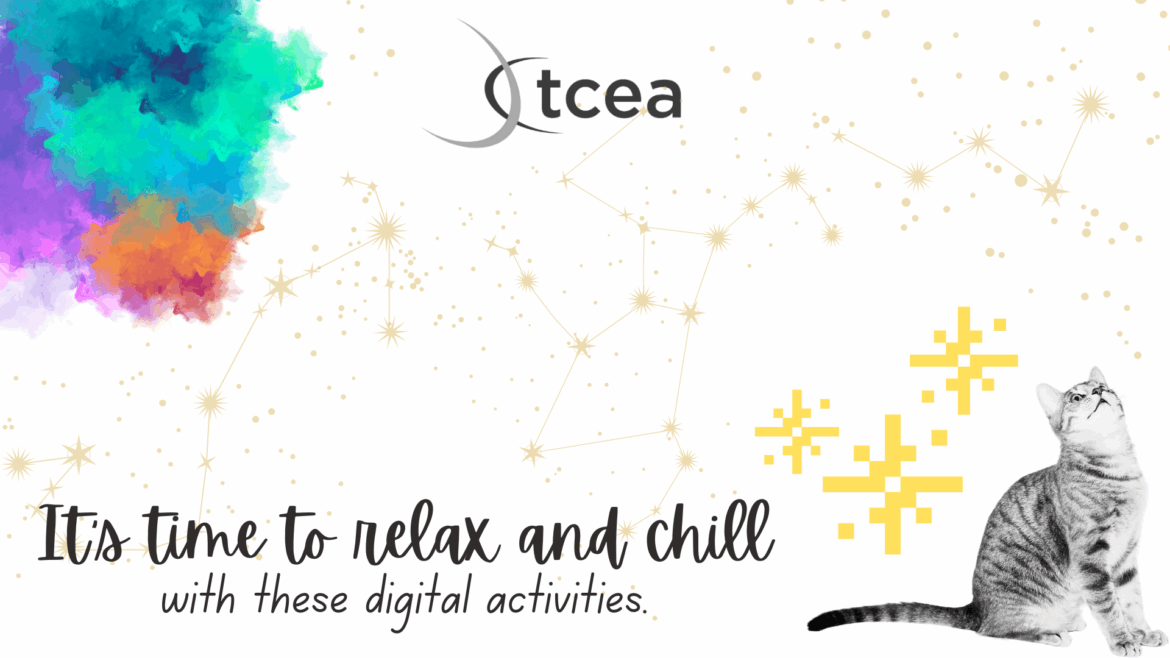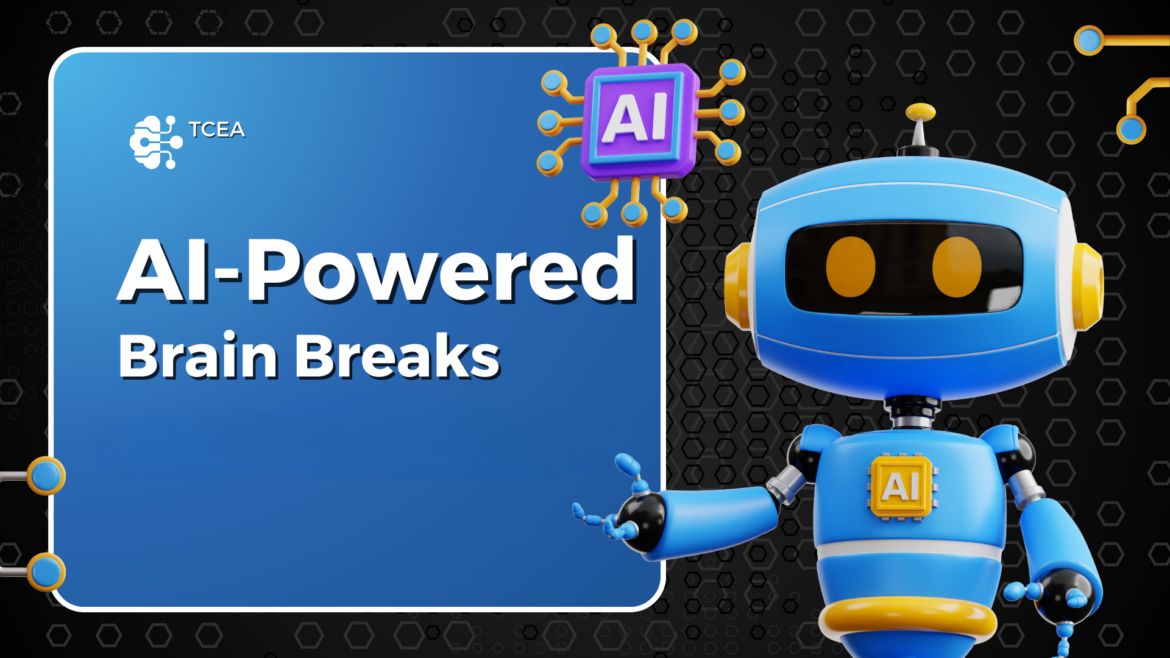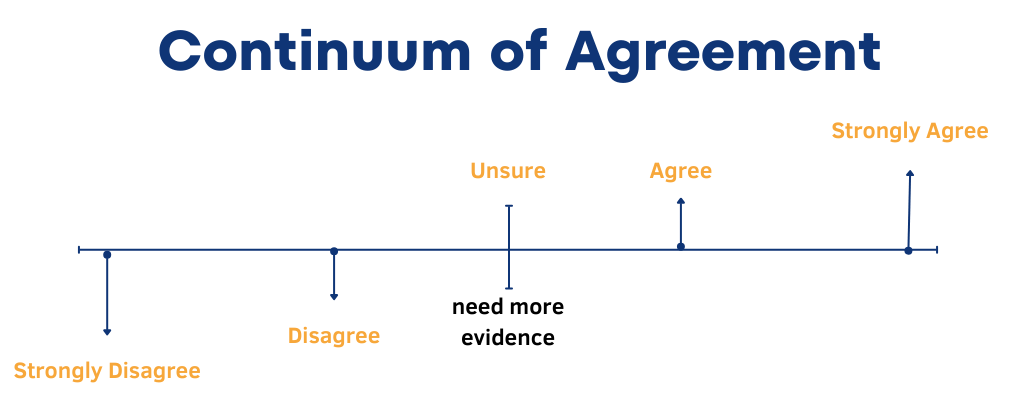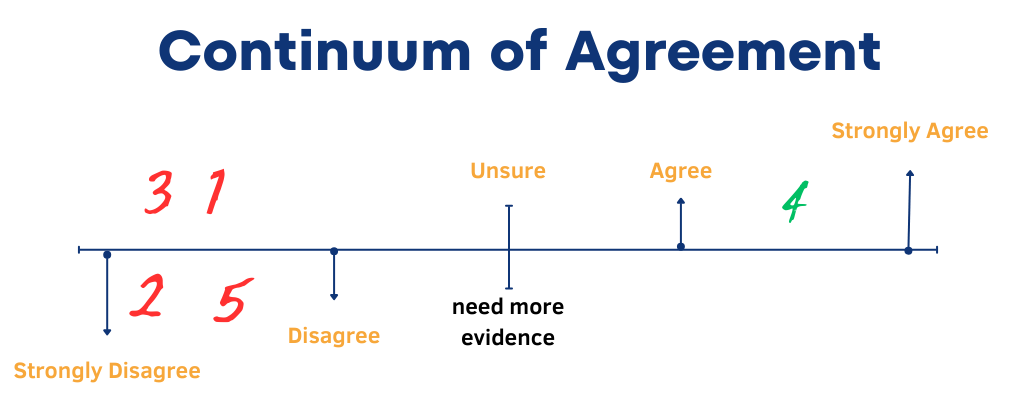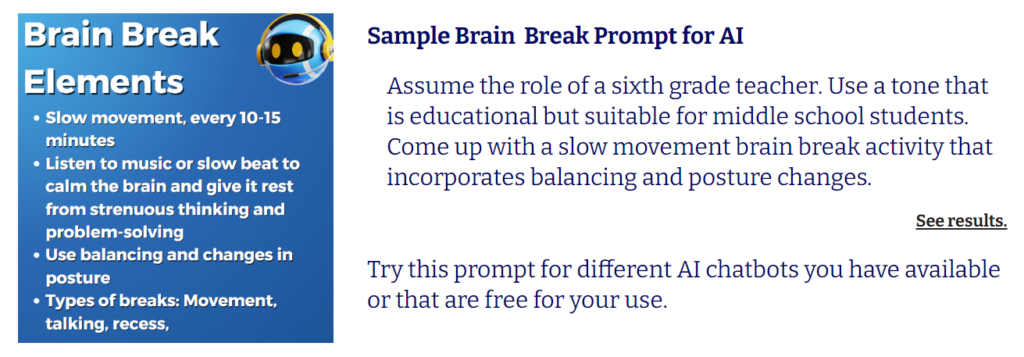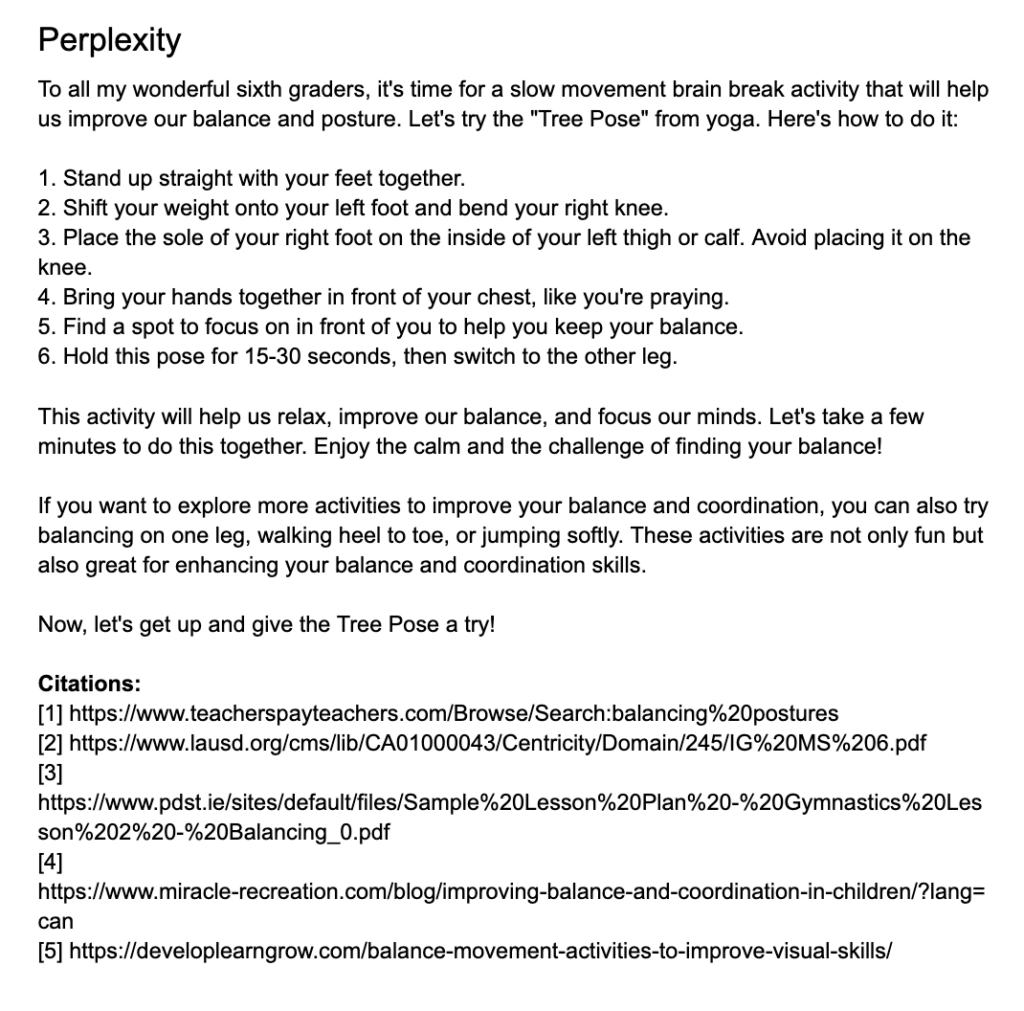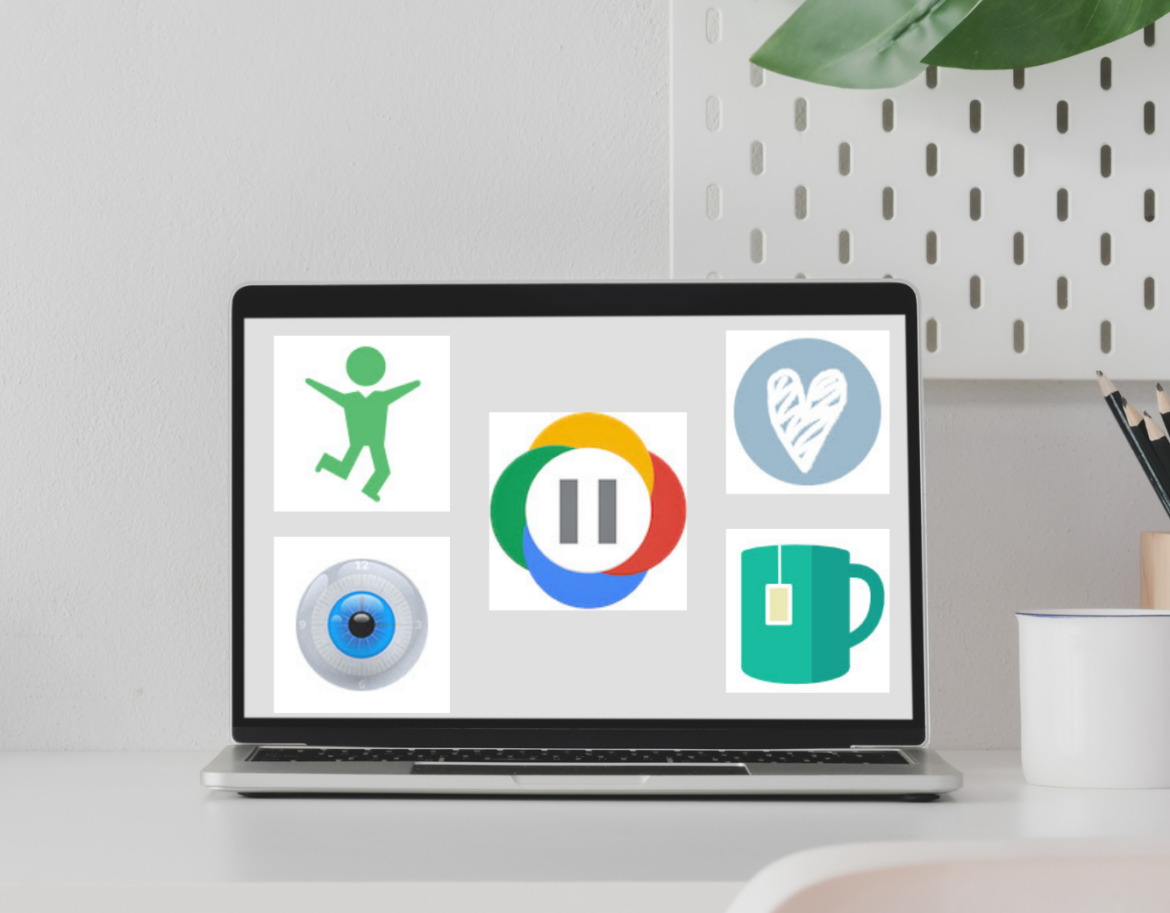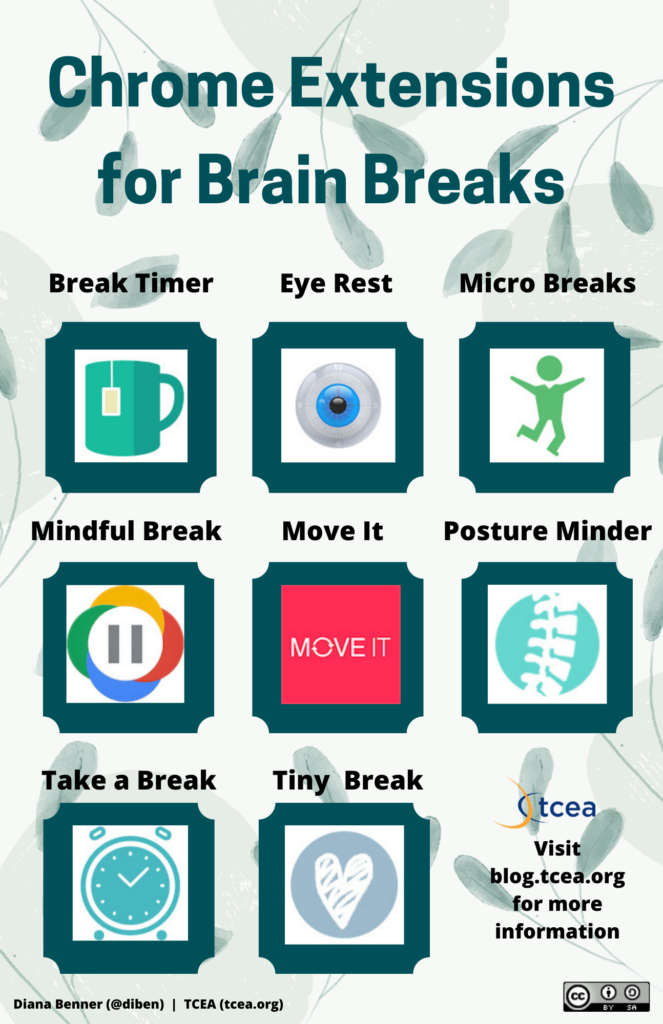Now that the summer’s here, it’s the perfect time to try out some new websites. The ones below are just fun – no educational or redeeming value whatsoever! But they will help you to relax, de-stress, and come back ready for another strong school year. Enjoy!
Cat Bounce – Click your mouse anywhere and cats will begin bouncing around the screen. Some cats are bouncier than others, so that means more force = more bounce. Use a gentler touch if you’re losing cats. Don’t like the background color? Resize or reload to change it. Remember: more force = more bounce. Please don’t bounce too hard; it makes the cats cry.
WindowSwap – I love this one and use it often as a quick break. It allows you to open a window anywhere in the world. The windows are pulled randomly, which means you can click again to see somewhere different.
Pixel Thoughts – This is a 60-second meditation activity that will help you shrink something that is causing stress in your life. Type in what is worrying you and then listen to the soothing music as it shrinks away.
En – If you’re trying to remember a book title that you want to read, try this AI app. Just add what you can remember about the book in the search screen and it will find it for you. It will also recommend other books similar to the one you are looking for.
Mental Floss – This site features pop culture information, trivia, quizzes, and more and is sure to distract you from everything else. (Did you know, for example, that the scent women find most arousing is Good & Plenty candy mixed with cucumber, at least according to a study by the Smell and Taste Treatment and Research Foundation?)
This Is Sand – Release your inner artist as you paint with different colors of sand. Very relaxing!

Radio Garden – Listen to radio stations from around the world. Just select a location from the satellite map and start listening.
Fridge Poem – Express your feelings as you drag refrigerator magnets to make beautiful poetry. Pinch or drag to zoom in to see all of the possible tiles.
Future Letter – While slightly more serious than some of these other websites, Future Letter is still fun. You write a letter to be emailed back to you in the future, from six months to one year to five years or even 10 years out. It’s a good way to remind yourself of how amazing you are now!
Stellarium – This information-packed website offers you a view of the night sky from wherever you are. Click on different stars and orbiting objects to learn more about the universe.
My Retro TVs– Be warned: this site can keep you distracted for days as you relive the nostalgia of the past decades through virtual TVs. Select your decade (1950s through 2000s) and then turn on the TV. Change the channel to see different shows, movies, commercials, and music.
Do you have other fun websites you go to for relaxation? Please share them in the comments below!

